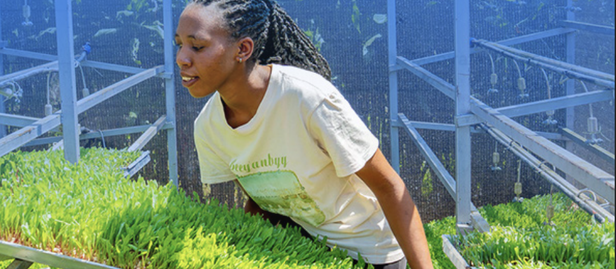Delivering as one UN Annual Report 2009
Delivering as one UN Annual Report 2009
January 19, 2022
The 1994 genocide had a devastating impact on Rwanda’s social, economic and political foundations. This fact notwithstanding, Rwanda has made tremendous socio-economic progress and institutional transformation since 1994. The Government of Rwanda continues to demonstrate strong leadership and ownership of the development processes by implementing several mechanisms to enhance development effectiveness and coordination among development partners as well as facilitating a favourable environment for effective development cooperation. This provides a great opportunity for the UN and indeed development partners to support the Government in its development efforts.
The Government has put the Millennium Development Goals at the center of its development policy framework. To transition from growth based on recovery/ reconstruction to more sustainable economic growth, the Government has a goal to become a middle-income country by 2020. This ‘Vision 2020’ incorporates six pillars: ensuring good governance; creating a knowledge-based society through human resource development; enabling a private sector-led economy; enhancing infrastructure; modernizing the agricultural sector; and achieving regional and international economic integration.
Rwanda has made impressive efforts at achieving several MDGs. This progress has been possible due to political commitment at the highest level, and international support for well designed and executed national scale programmes. For instance:
Today, primary school enrolment rates are 97 percent, largely due to the government’s decision to make primary education free and mandatory, backed by donor support and sensitization to encourage sending children to school.
The gender equality in primary and secondary education target has already been met, together with other milestones; women’s participation in parliament is now more than 50 percent (56% in 2008), the highest in the world. Similar high-level political leadership has led to HIV prevalence rates falling from 13 percent (2000) to 3 percent (latest value, 2006).
Malaria fatalities have reduced from 9.3 percent (2001) to 2.9 percent (latest value,2006) through a deliberate strategy of universal distribution of insecticide treated bed nets, and modern treatment based on artemisinin combination therapy. Compared to 64% in 2000, the access to improved water source rate (73%) is high but and MDG 7 (82%) is attainable by 2015.

 Locations
Locations




